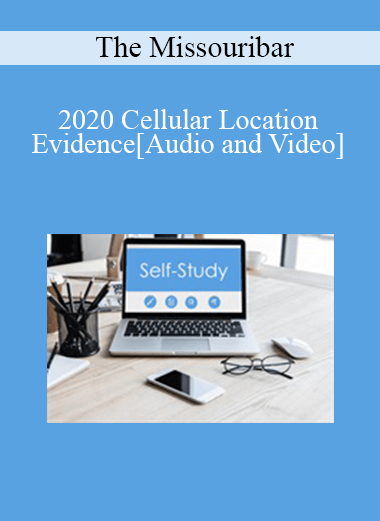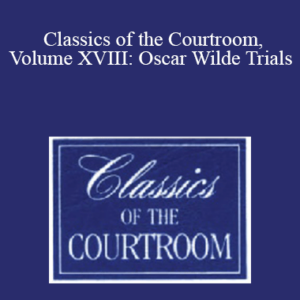- Practice Area:
- Civil Practice & Procedure | Criminal | Litigation / Trial Practice
- Format:
- Audio and Video
Description
This class covers the methods used by both civil and law enforcement examiners to locate persons using historical call detail records, precision location data and E-911 pings. This calls covers how cell phones work in the wireless networks, how to understand call detail records and how to obtain them. These methods are widely used in criminal and civil cases to “place” a person at a particular location based on their cell phone usage. Real case examples will be used to illustrate how location evidence is used in cases ranging from murder to trucking accidents. Attendees will learn about the realities and limitations of actually being able to locate a cell phone based on historical call detail record analysis.
Key Points:
- “Burner” phones operate on major cellular carrier’s networks – This means they can be tracked
- Cellular networks are designed to have coverage overlap between towers in order to ensure consistent coverage
- Cellular location evidence can only determine the general location of where a transaction took place, not the exact location
- Call detail record analysis can only be validated by conducting a forensic radio survey (aka Drive Test)
- The coverage area of a cell tower can only be determined by conducting a forensic radio survey (aka Drive Test)
Speaker: Eric Grabski, Digital Forensic Examiner, Historical Cell Site and Forensic Cell Site Survey, Envista Forensics
Note: This material qualifies for self-study credit only. Pursuant to Regulation 15.04.5, a lawyer may receive up to six hours of self-study credit in a reporting year. Self-study programs do not qualify for ethics, elimination of bias or Kansas credit.







